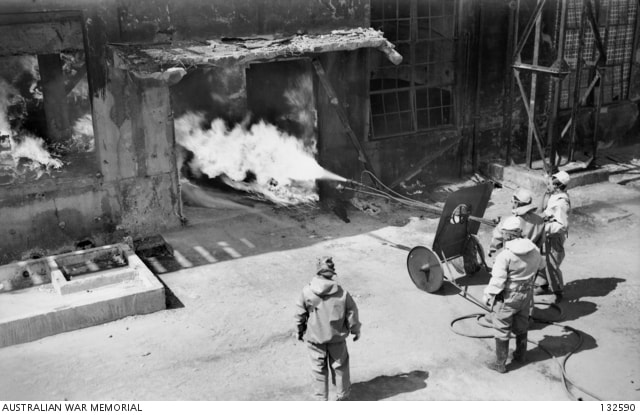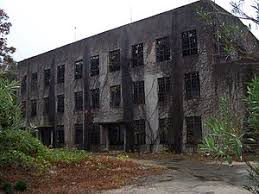Imperial Japan's Chemical Warfare Development Program
Ishii Shiro, the leader of Unit 731, saw an opportunity after the 1925 Geneva Convention outlawing biological and chemical warfare, believing that if the entire world was willing to outlaw such a weapon, it could pose benefits for a Japanese nation desiring expansion throughout the Far East.
With the blessing of both his superiors in both the army and navy, Ishii began research into the theoretical uses of biological and chemical warfare, promoting the argument that producing bacteria would be less expensive than other conventional forms of weaponry. In the spring of 1928, he travelled extensively abroad, visiting numerous European countries and gathered research on biological warfare, some of which came from the US, Germany, Russia, France, and Italy, as well as Switzerland, Turkey, the Soviet Union, Egypt, Singapore, Ceylon, and Canada. While some countries were engaged in the secret development of biological weaponry, his trip did not yield a great amount of information or research.
With the blessing of both his superiors in both the army and navy, Ishii began research into the theoretical uses of biological and chemical warfare, promoting the argument that producing bacteria would be less expensive than other conventional forms of weaponry. In the spring of 1928, he travelled extensively abroad, visiting numerous European countries and gathered research on biological warfare, some of which came from the US, Germany, Russia, France, and Italy, as well as Switzerland, Turkey, the Soviet Union, Egypt, Singapore, Ceylon, and Canada. While some countries were engaged in the secret development of biological weaponry, his trip did not yield a great amount of information or research.




